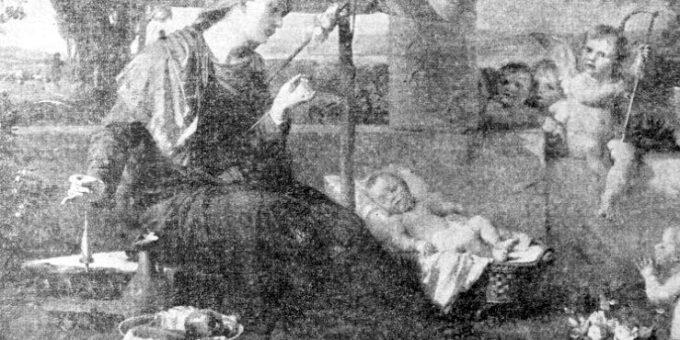
The magical lavender herb has been found throughout history in folklore and crafts. In addition, the scent is used in oils, perfumes, cosmetics, baths, and ritual work.
Lavender is deeply woven into our everyday lives, as well.
In Old London, street vendors selling lavender sprigs would cry out:
“Here’s your sweet lavender,
Sixteen sprigs a penny,
Which you will find, my ladies,
Will smell as sweet as any!”
Even in 1907, it was reported in the United States that:
“In every large city and in many small ones the lavender man is seen standing on the streets, and while it cannot be asserted that he is besieged at all times with purchasers for his wares, it is true that he makes out well enough to take up his stand day after day, which would seem to indicate that he is satisfied with the aggregate of his business transactions.”
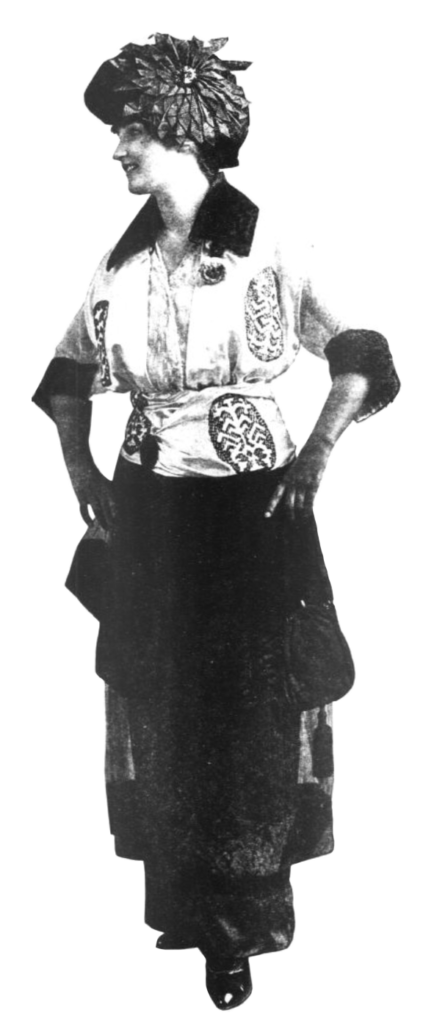
The lavender trade passed from family member to family member. One man claimed that both his father and grandfather sold lavender grown in their plots on the streets.
What were people doing with so much lavender that a simple man could live off the income of sprigs?
In folk magic, lavender sticks are thrown onto a fire to burn away evil spirits and all that is negative. In addition, it cleansed the air of the home and soothed the people’s nerves.
As early as the 1500s, people would sew dried lavender into quilted caps to prevent head colds and diseases. The quilted cap, no doubt, provided people with extra warmth during the cold winter months, and the smell of lavender was far better than the smell of unwashed bodies.
Lavender Bubble Bath
In Spain, lavender oil was made by putting fresh lavender in a bottle, filling the bottle with olive oil, tightly closing the bottle, and then letting it in the sun for a time. The oil was used in baths and cosmetics.
Lavender oil can also be used in bubble baths. In the popular book, Making Potpourri, Colognes, and Soap, we find the following recipe for a fragrant bubble bath:
1 quart water
1 bar grated Castille soap
3 ounces glycerine
4 drops lavender perfume or 2 drops lavender floral oil
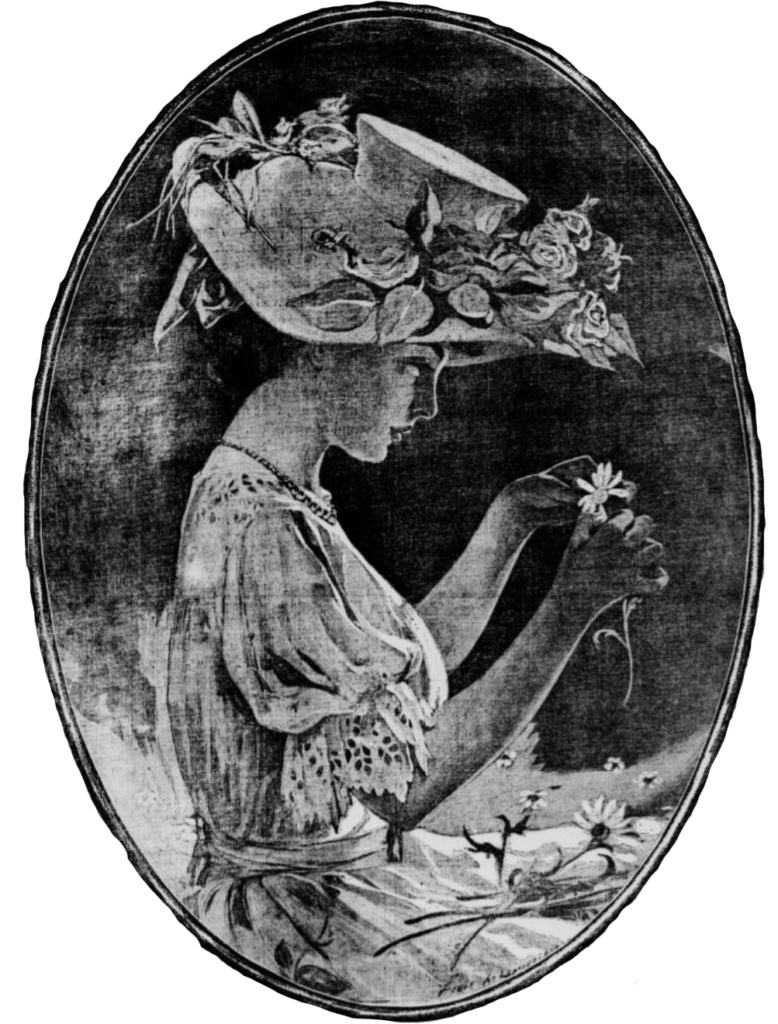
Lavender Bath
Lavender baths are often (or should be) taken before ritual work, according to author Scott Cunningham. Lavender is both relaxing and refreshing to the bather and helps one mentally prepare for magical work.
A ladies magazine in 1830 published the following rejuvenating lavender bath recipe:
“Take one or more of the following aromatic herbs: balm, sweet basil, marjoram, hyssop, lavender, mint, or any other herb that has an agreeable scent. Boil in a sufficient quantity in rain or river water for the space of three or four minutes. Strain off the liquor, and add to it a little brandy or camphorated spirits of wine. This is said to be an excellent bath to strengthen the limbs.”
Lingerie
Lavender is a feminine herb. A 1904 article about women’s lingerie stated:
“In her choice of lingerie scents, she is equally dainty, rarely using anything but sweet lavender in dried herb form. This is either sewn up in velvet silk bags or strewn loosely through the layers of garments.”
Not surprisingly, lavender is also an herb associated with love. Women then and now would place lavender sachets in their underwear drawers to attract love. This love attraction would either draw the affection of a husband or, if unmarried, would attract a lover.
Moth Preventative Sachet
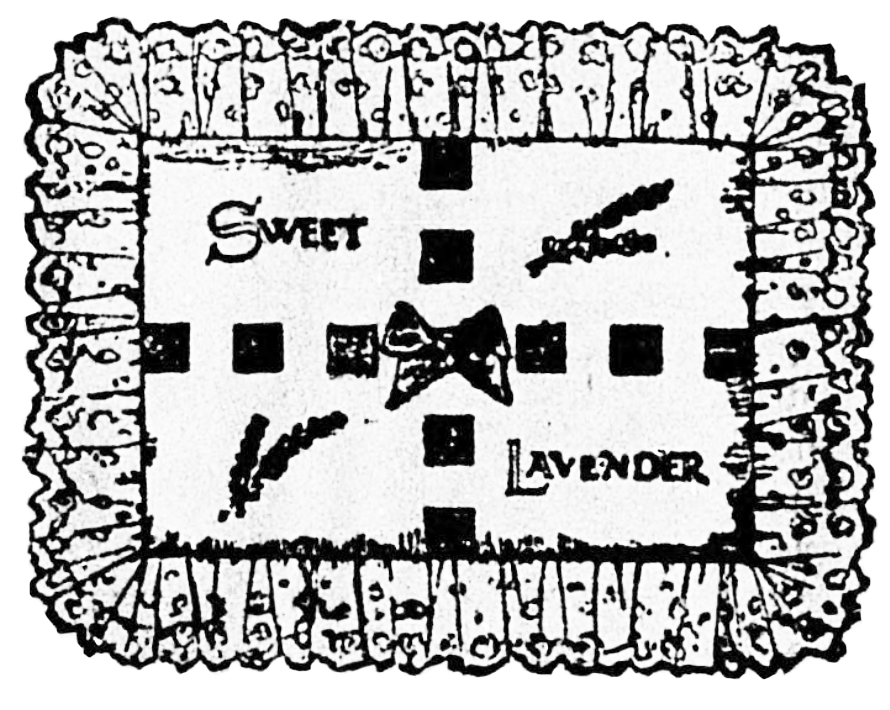
Moths, the enemy of many old households, were driven off by the scent of lavender. A moth preventative lavender sachet recipe published in a 1957 newspaper:
1/2 cup of dried lavender flowers
1/4 cup dried rosemary leaves
1 Tablespoon crushed cloves
Lemon peel dried (one lemon)
Mix ingredients and use to fill sachets.
Lavender Balls
Lavender balls were also made to be hung as prevention against moths. According to an article published in 1905:
“Stalks and flowers of the old-time sweet herb, lavender, have been made into something very charming by the artistic woman of today. To do it, she gathers the flowers on stalks about ten inches long, drying them carefully.
“Then, taking a bunch of stalks an inch in diameter and pressing them closely together, she turns the flowers inward at the top, forming a ball and weaving narrow green satin ribbon in and out between the stems, a dainty basket-like top is formed.
“The ends of ribbon are then wound closely at intervals around the stems until their ends are reached. A length of ribbon at this point and one at the flower end is used to suspend the “stick,” and long loops of ribbon forming two tassels are hung on these suspending ribbons, still further beautifying the fragrant lavender ball.”
Lavender Cones
A 1907 article had an even better explanation (along with illustrations) on making woven lavender balls.
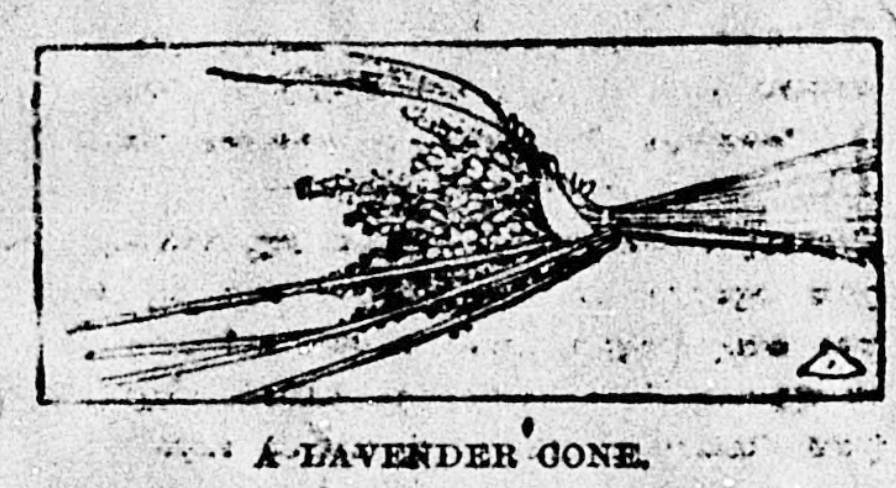
“To make a lavender cone take about seventeen to twenty-seven lavender sprigs, the number depending on the size of the flowers. Bind them firmly round the heads with a piece of linen thread. Now take a piece of baby ribbon and put it round one of the stalks, keeping it quite close to the head, and sew it with small stitches. Bend all the stalks when you have tied them and bring them over the flowers, and darn the ribbon over and underneath the stalks, keeping it as even as possible until the cone is finished, drawing it well into shape at the same time. You must not forget to leave a long piece of ribbon for a dainty center bow. The other cone is made exactly in the same way. The stalks of both cones are fitted into each other, tied with thread and bound over with ribbon, tied in the center.”
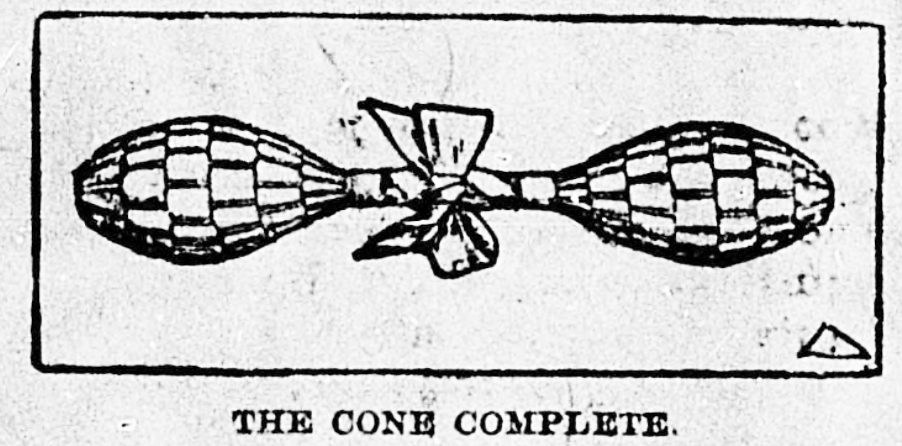
Lavender Peace Pouch
In folk magic, lavender pouches are often made out of dried lavender and cotton fabric to promote inner peace and reduce stress. The following was published by myself in a newsletter I ran called Spellcraft Tapestries (1999):
Dried crushed lavender
Light blue cotton fabric – 7-1/2 by 2-1/2 inches
Needle and white thread
Small crystal quartz
White embroidery floss
Fold the fabric in half, right sides facing in. Sew both long sides to make a pouch.
Turn right side out and fill the pouch halfway with crushed lavender. Place small crystal inside.
Tuck in edges and tie pouch closed with white embroidery floss.
To use, carry this pouch on your person to promote peace within yourself. If more is needed, inhale the scent of the pouch.
The scent of lavender is said to promote inner peace, spiritual love and helps to lessen depression.
The light blue fabric symbolizes healing, and the white thread and floss are for peace, purity of thought, and protection.
The crystal amplifies these traits.
Love Attraction Sachet
To attract love, dried lavender is mixed with dried rose petals and a pinch of valerian root. The mixture is then put into a red, pink, or green sachet.
This love attracting sachet is then carried around in a pocket or purse in order to attract a lover.
—
Sources:
1. The Book of Herbs (London and New York: J. Lane, 1903), by Rosalind Northcote
2. A Garden of Herbs (London and Boston: P. L. Warner, Publisher to the Medici Society, 1921), by Eleanour Sinclair Rohde
3. Evening star. (Washington, D.C.), 23 June 1957.
4. Magical Herbalism (St. Paul, Minnesota: Llewellyn Publications, 1996), by Scott Cunningham.
5. The Tucumcari news and Tucumcari times. (Tucumcari, N.M.), 27 June 1908.
6. Making Potpourri, Colognes, and Soaps (Blue Ridge Summit, PA: TAB Books, 1988), by David A. Webb.
7. Omaha daily bee. (Omaha, Neb.), 19 June 1904.
8. Turner County herald. (Hurley, Dakota, S.D.), 06 Dec. 1906.
9. Los Angeles herald. (Los Angeles [Calif.]), 20 Jan. 1907.
10. The Tucumcari news. (Tucumcari, N.M.), 28 Oct. 1905.

